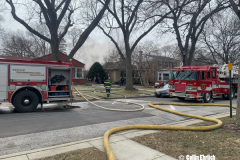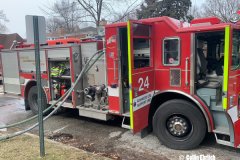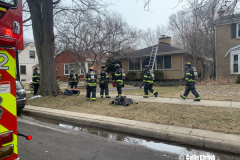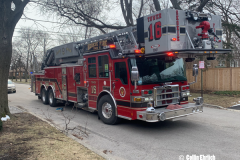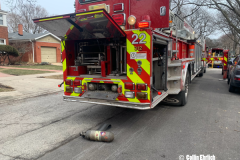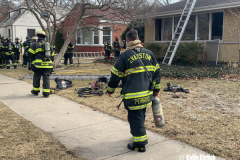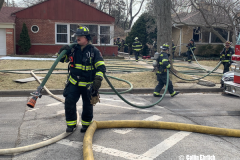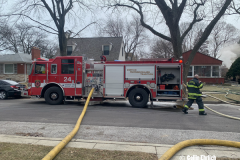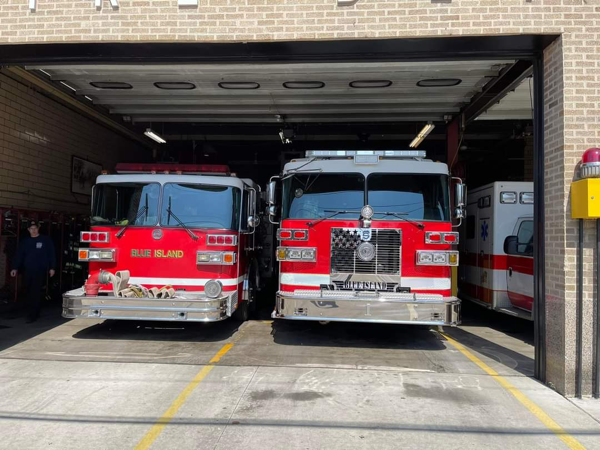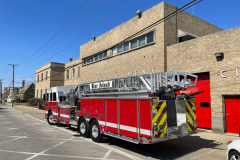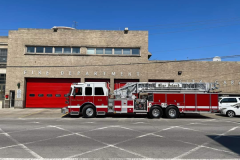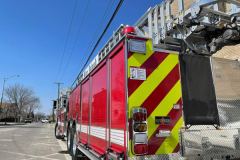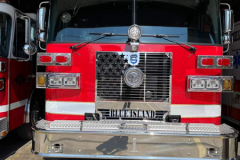Excerpts from the City of Evanston:
EVANSTON, IL – On Thursday, March 10, at approximately noon, Evanston firefighters responded to 1516 Brummel St. for reports of smoke coming from a residential structure.
Upon the arrival of first responding fire companies, heavy black smoke was coming from the basement of the single-family residence. First arriving crews encountered heavy fire conditions on the lower level of the structure. The response was quickly upgraded to a Box Alarm with fire conditions requiring three hose lines and neighboring fire departments to assist with extinguishing the blaze.
The property owners discovered the fire after arriving home to find smoke coming from their residence. Prior to the arrival of firefighters, one of the property owners, an 87-year-old male, entered the structure to investigate the source of the smoke. When firefighters arrived, they quickly found and extricated the man from the bottom of the basement stairs. Life-saving measures were initiated with transport immediately provided to a local area hospital where he was later pronounced dead.
Family notifications were made, with condolence care services offered by Evanston Fire Department Chaplain Monte Dillard and the American Red Cross.
The cause of the fire has yet to be determined.
Smoke detectors were operational at the time of the fire. According to the U.S. Fire Administration (USFA), smoke detectors should be tested at least once a month and batteries should be replaced at least once or twice a year, unless the manufacturer suggests otherwise. If smoke or CO detectors activate, residents need to immediately leave or stay out of the building and call 911 to investigate.
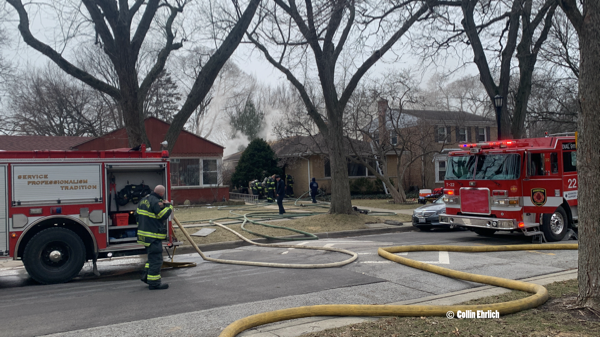
Collin Ehrlich photo
